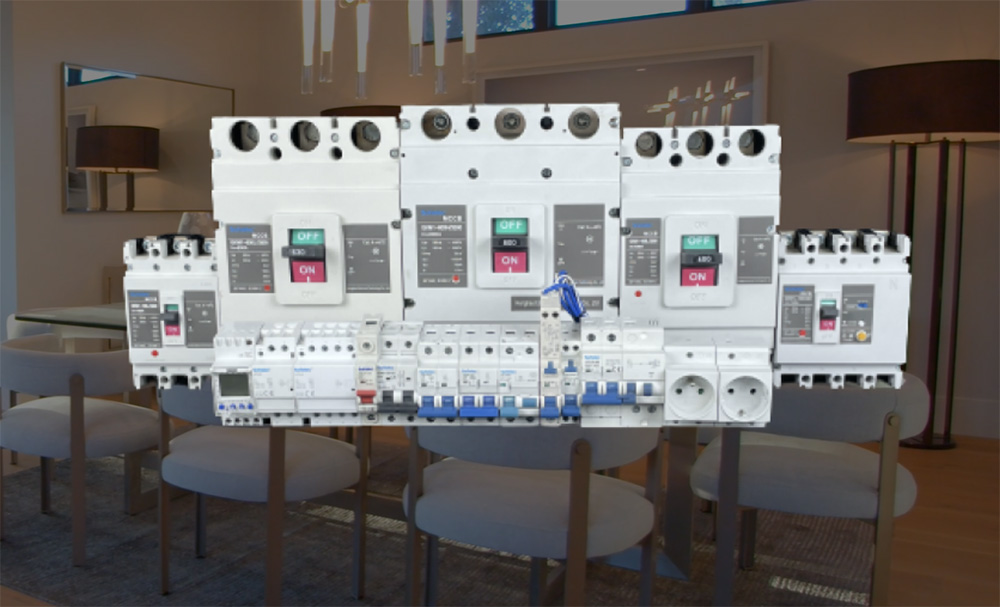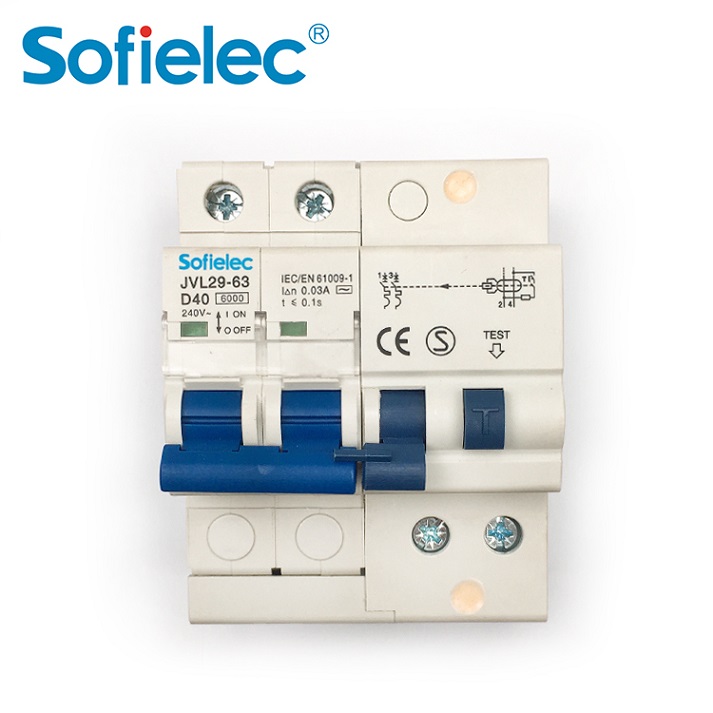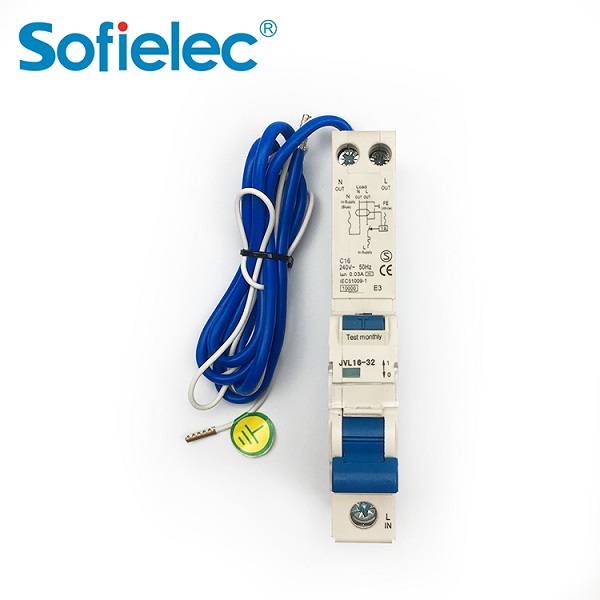Precautions for the working principle of molded case circuit breakers
Molded case circuit breaker(MCCB) is a widely used circuit breaker protection device in electrical systems. It has multiple functions such as automatic protection, manual control, and circuit breaker detection, which can timely cut off the power supply in case of overload, short circuit, and earthquake faults in the circuit to ensure equipment and personal safety.
Working principle of molded case circuit breakers
The molded case circuit breaker adopts a heat release contact. When the current exceeds the rated value, the contact is heated, causing the spring force to decrease, ultimately causing the contact to move away from the contact and cut off the power supply.
Application scenarios of molded case circuit breakers
Molded case circuit breakers(MCCB) are suitable for the protection of AC power lines and terminal equipment in household, commercial, and industrial electrical systems, such as distribution boxes, air conditioners, lighting equipment, motors, etc. In addition, molded case circuit breakers can also be used for circuit protection in high temperature, humid, and explosive environments.
Key points for selecting molded case circuit breakers (MCCB)
When selecting a molded case circuit breaker, it is necessary to consider factors such as rated voltage, rated current, and short-circuit current carrying capacity, and determine the appropriate specifications and models based on specific application scenarios and requirements. In addition, when using molded case circuit breakers, attention should also be paid to the installation position and method to ensure reliable and safe operation.
Five important parameters to pay attention to when selecting molded case circuit breakers
1. Circuit breaker housing level
The rated current of the circuit breaker frame level refers to the rated current of the maximum release that can be installed in a frame and plastic casing of the same basic size.
The rated current of a circuit breaker refers to the current that the release device in the circuit breaker can pass through for a long time, also known as the rated current of the circuit breaker release device.
There are multiple rated currents in the same series for the same frame level, and there are also multiple rated currents in the same frame level. For example, in the DZ20 series, there are rated currents of 100, 225, 400, 630, 800, 1250 and other frame levels, while in the 100 frame level rated currents, there are rated currents of 16A, 20A, 25A, 32A, 40A, 50A, 63A, 80A, and 100A; The rated current of the 225A shell frame level includes 100A, 125A, 160A, 180A, 200A, and 225A. Both the DZ20-100 and DZ20-225 housing levels have a rated current of 100A, but the volume, shape, and breaking capacity of the circuit breaker are different. Therefore, when selecting, the model number should be filled in completely, which is the rated current of the circuit breaker within the specific housing level rated current. The rated current classification is selected based on a priority coefficient of (1.25): on the one hand, it meets the needs of the maximum rated current of the circuit and electrical components; On the other hand, it is for standardization to achieve the best use of wires and processing efficiency. Therefore, the levels specified are: 3 (6), 8, 10, 12.5, 16, 20, 25, 32, 40, 50, 63, 80100, 125, 160, 200, 250, 315, 400A, etc. Due to this regulation, when the calculated load of the line is 90A, only the 100A specification can be selected, which to some extent affects its protection performance.
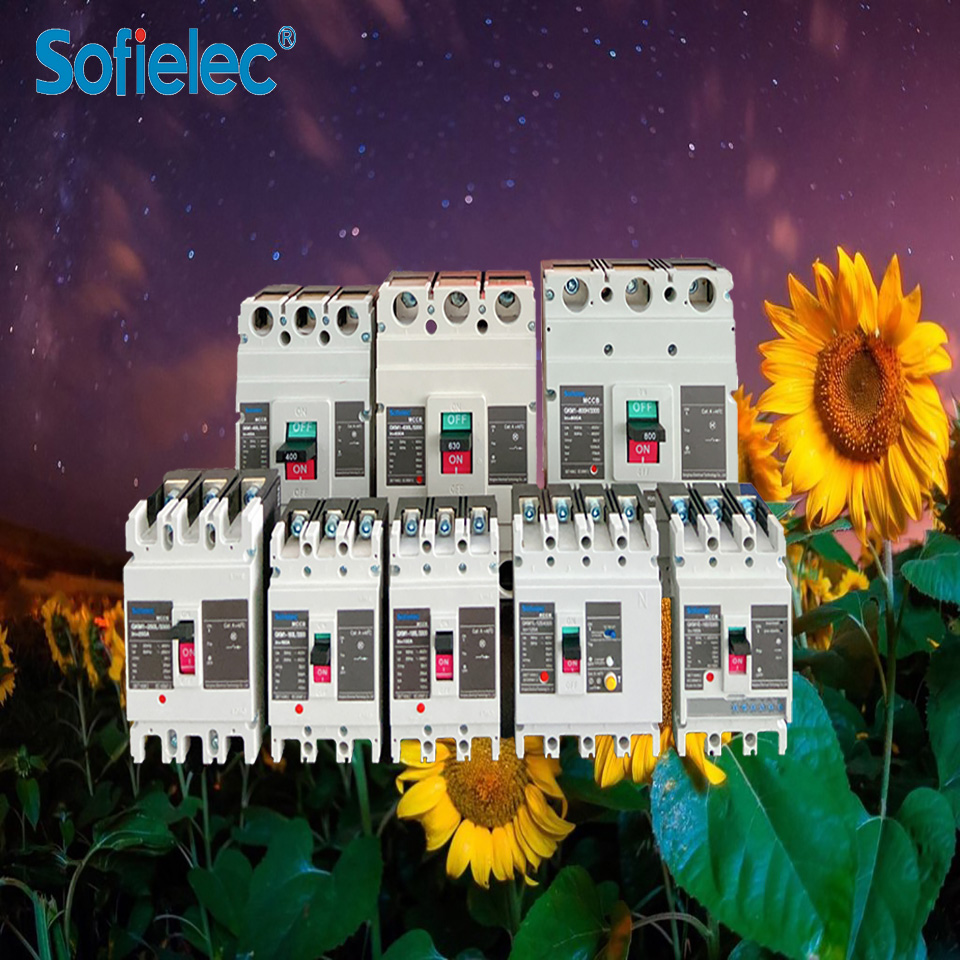
2. Rated insulation voltage
The rated insulation voltage is the voltage value for designing circuit breakers, and the electrical clearance and creepage distance should be determined based on this value. Some circuit breakers do not specify the rated insulation voltage, and the maximum value of the rated working voltage should be considered as the rated insulation voltage. In any case, the maximum rated working voltage should not exceed the rated insulation voltage. The rated insulation voltage and power frequency test voltage of the circuit breaker are shown in Table 1.
The rated working voltage refers to the voltage value related to the making and breaking capacity and usage category. The rated working voltage of molded case circuit breakers is mostly 50Hz and 380V, but there are also 50Hz and 600V. Molded case circuit breakers(MCCB) with rated working voltage of 380V and 50Hz are absolutely not allowed to be used on the power supply voltage of 660V or 1140V.
The rated control power supply voltage is the voltage when the molded case circuit breaker is equipped with a shunt release and electric mechanism accessories. There are two types of voltage: AC and DC. When selecting, be sure to specify either AC or DC.
3. Rated ultimate short-circuit breaking capacity
The rated ultimate short-circuit breaking capacity refers to the breaking capacity under specified conditions. After following the prescribed test procedure, the circuit breaker will continue to carry its rated current without considering it.
The rated operating short-circuit breaking capacity refers to the breaking capacity under specified conditions. After following the prescribed test procedure, it is necessary to consider the circuit breaker continuing to carry its rated current。
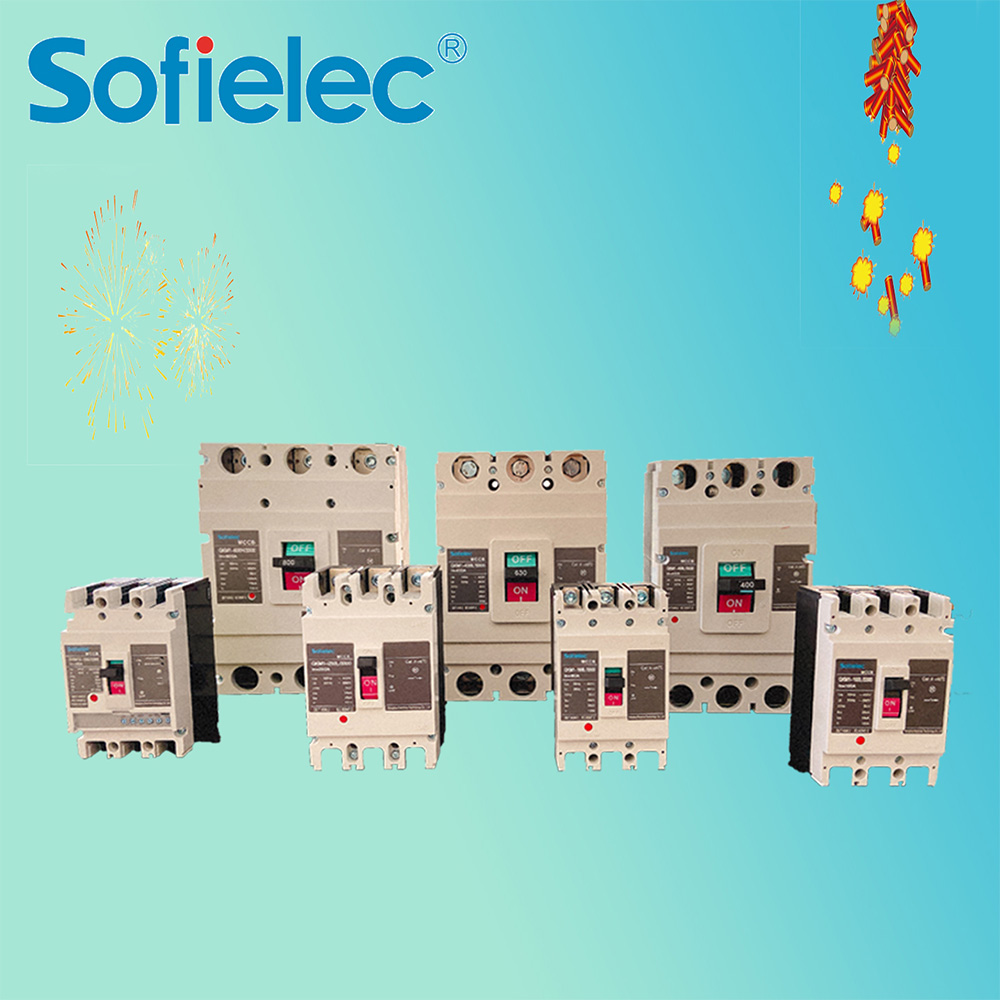
4. Attachment function
As a derivative and supplement to the function of circuit breakers, accessories add control means and expand protection functions to circuit breakers. They are an integral part of circuit breakers and mainly include auxiliary contacts, alarm contacts, shunt releases, undervoltage releases, electric operating mechanisms, external rotating operating handles, and other accessories.
1) The auxiliary contact is mainly used for displaying the opening and closing status of circuit breakers, but cannot display whether there is a fault trip. It is connected to the control circuit of the circuit breaker. The rated current of the molded case circuit breaker frame is 100, which is a single break point conversion contact. 225 and above are bridge type contact structures, and the agreed heating current is 3A; The rated current of the shell frame is 400 and above, and it can be equipped with two normally open and two normally closed. The agreed heating current is 6A.
2) Alarm contacts are mainly used to trip freely in case of overload, short circuit, or undervoltage faults in the load of circuit breakers. The working current of the alarm contact is AC380V, 0.3A, DC220V, 0.15A, generally not exceeding 1A, while the heating current can be in the range of 1-2.5A.
3) A shunt release is an accessory that can be remotely operated to open the circuit. Its voltage is independent of the main circuit voltage. The shunt release operates in a short-term mode, and the coil should not be energized for more than 1 second, otherwise the coil will burn out. To prevent the coil from burning out, a micro switch is connected in series in the shunt release coil of the molded case circuit breaker. When the shunt release is powered on, the armature is attracted, and the micro switch switches from the normally closed state to the normally open state. Due to the control circuit of the shunt release power supply being cut off, even if the button is manually pressed, the shunt coil is no longer powered on. Avoiding the occurrence of coil burning, when the circuit breaker is closed again, the micro switch is returned to the normally closed position. The shunt release has multiple control voltages and different power frequencies, which can be selected for different occasions and power sources.
4) The undervoltage release is used as a long-term voltage protection for circuits and power equipment. When in use, the coil of the undervoltage release is connected to the power supply side of the circuit breaker. The circuit breaker can only close after the undervoltage release is powered on, otherwise the circuit breaker cannot close. The user should confirm whether the working voltage of the circuit and the undervoltage release is consistent. The working range of undervoltage is (70% to 35%) Un. The undervoltage release also has multiple rated operating voltages and different power frequencies, which can be selected for different occasions and power sources.
5) The electric operating mechanism is used for automatic control of circuit breakers and for remote closing and opening. There are two types of operating mechanisms: electric operating mechanisms and electromagnetic operating mechanisms: electric operating mechanisms are driven by electric motors and are generally suitable for circuit breakers with a rated current of 400A or above in the shell level, while electromagnetic operating mechanisms are suitable for circuit breakers with a rated current of 225A or below in the shell level.
5. Flying arc distance
When a circuit breaker breaks a large short-circuit current, an arc is generated when the moving and stationary contacts are separated, and a portion of the arc or ionized gas is sprayed out from the arc nozzle at the power supply end of the circuit breaker. The arc itself is a huge current, which can easily lead to phase to phase short circuits and ground short circuits between exposed conductive bodies and between exposed charged bodies and "ground" (the metal casing of the complete equipment is grounded). To ensure safety, users should leave a certain distance based on the product samples provided by the manufacturer or the data provided in the user manual. If the height distance of the distribution box or cabinet is not enough, products with small or zero arc distance can be selected to ensure electrical safety.

